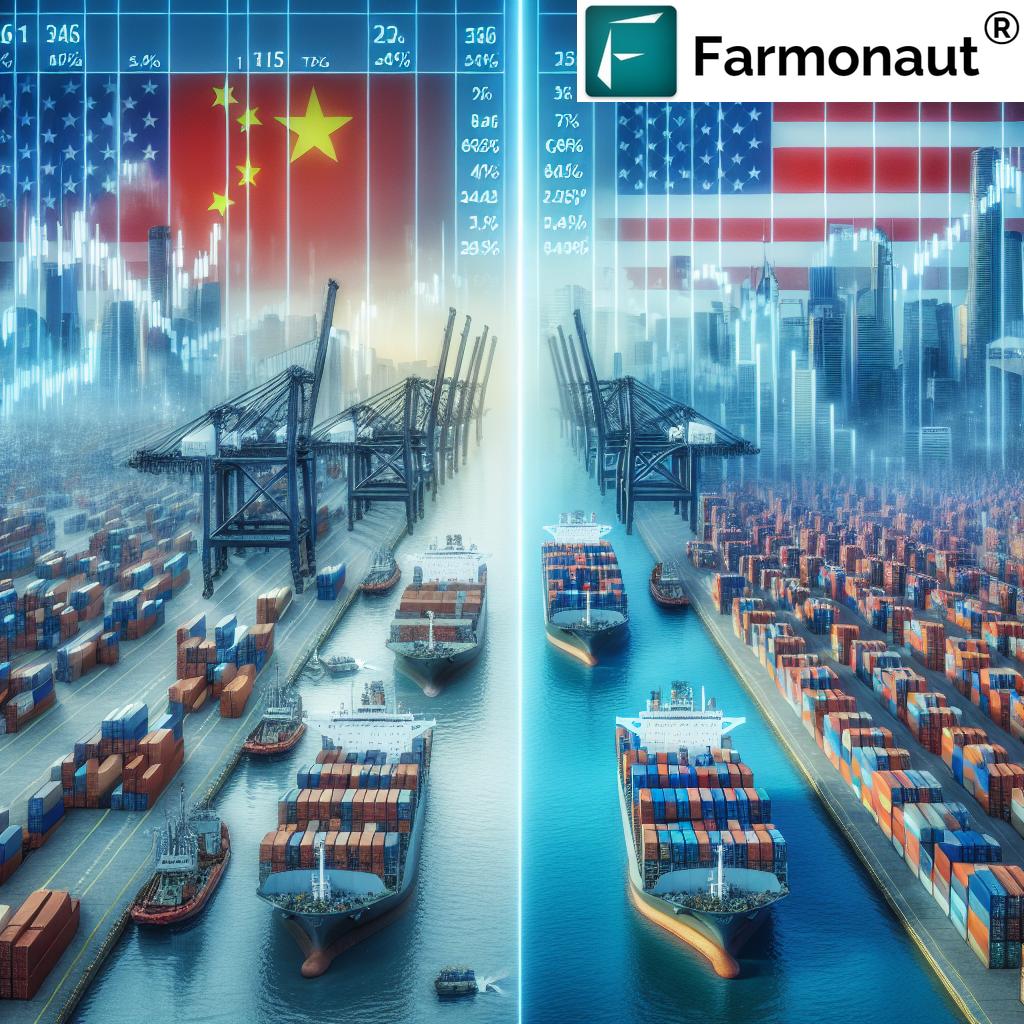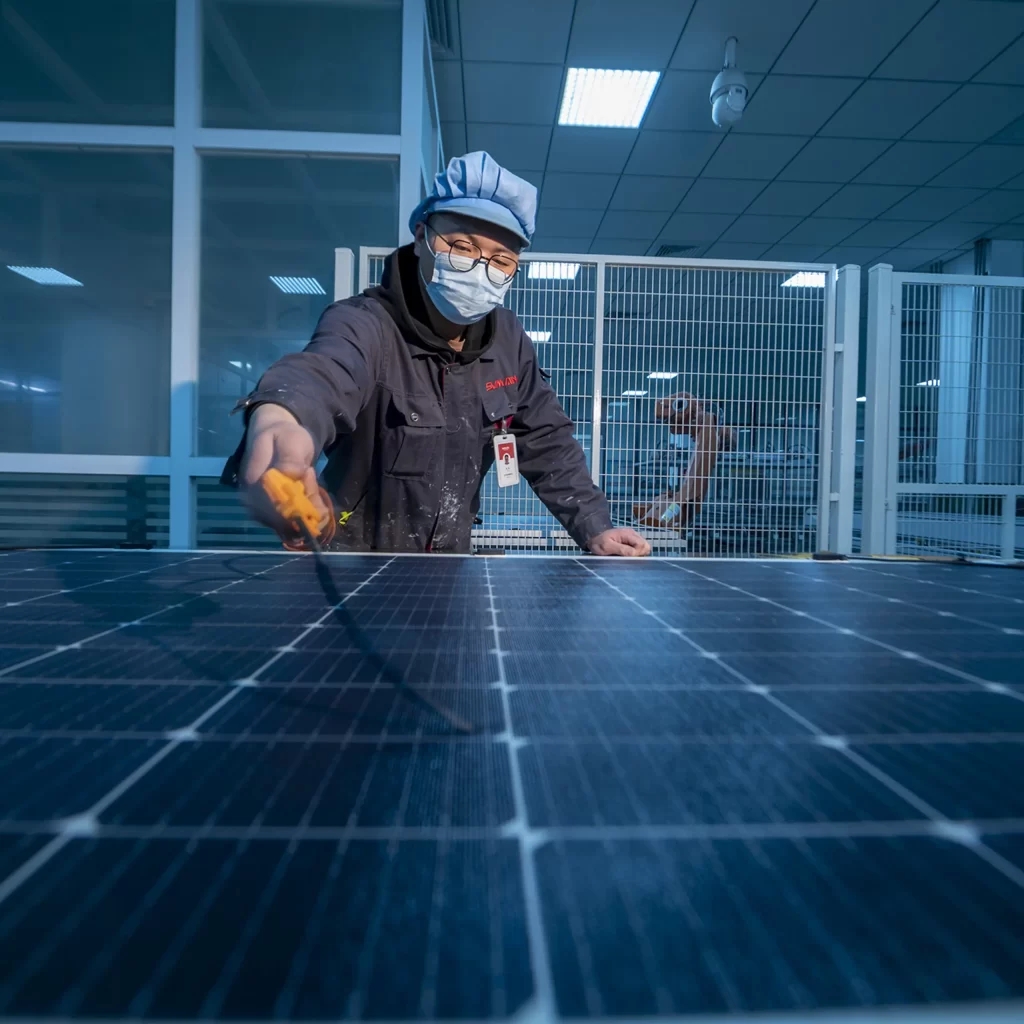U.S.-China Trade has increased significantly in recent decades and is vital to both nations. The United States is China’s top export destination, while China is currently one of the biggest export destinations for American goods and services. Although this trade has increased profits for American companies and reduced prices for American consumers, there are drawbacks.
As Beijing continues to support state-led development and pump subsidies into specific industries at the expense of American and foreign businesses, the euphoria that greeted China’s admission to the World Trade Organization (WTO) two decades ago has disappeared. Millions of Americans lost their jobs as a result of import competition, even while American consumers have profited from the influx of cheaper goods from China.
Table of Contents
ToggleExamining the US-China Trade $ Tariff War in greater detail
The current global trade tensions are centered on the rising tariff war between the world’s two largest economies, China and the United States. This conflict has had an impact on global sectors ranging from high-tech devices to agricultural machines.
China’s announcement of retaliatory tariffs on a range of US imports is the latest chapter in this ongoing tale. Beijing has placed a 15% tax on coal and LNG, as well as a 10% tariff on other items like crude oil and farm equipment. The US’s placement of tariffs on Chinese goods is the direct cause of these acts.
How long has the trading connection between the United States and China existed?
Trade between the two nations was essentially nonexistent for thirty years after the People’s Republic of China was established in 1949; Washington having cut off relations with Beijing’s communist regime.
Under Deng Xiaoping’s direction, China started an economic reform effort in the late 1970s that would last for decades. His administration permitted the growth of the private sector and relaxed government regulation of the economy. As Chinese leaders sought to increase trade and investment, the United States and China normalized relations in 1979. Beijing then filed to rejoin the General Agreement on Tariffs and Trade, the WTO’s precursor, in 1986. following lengthy discussions with the US and other WTO members.
Trade between the two nations was expanding even prior to China’s WTO membership. WTO membership, however, guaranteed “permanent normal trade relations,” giving American and foreign businesses more assurance that they could manufacture in China and export to the US. Trade exploded: from 2001 to 2023, the value of U.S. goods imported from China increased from over $100 billion to over $400 billion. China’s crucial role in global supply chains is partly to blame for this increase in imports; Chinese companies use parts from all over the world to construct goods for export to the US.
Lower pricing have benefited American consumers, while American businesses have greatly gained from having access to the Chinese market. Economists Xavier Jaravel and Erick Sager discovered in a 2019 study that between 2000 and 2007, the average U.S. household’s yearly spending power increased by $1,500 due to increased trade with China. After Canada and Mexico, China is currently the United States’ third-largest export destination. More than a million American jobs, or around 0.5 percent of the civilian workforce, were supported by exports to China, according to a 2023 report by the U.S.-China Business Council, an industry association.
Every year, American businesses make hundreds of billions of dollars from sales in China, which they may use to fund their operations in the United States. Tens of billions of dollars have been invested in the US by Chinese businesses, although this investment has decreased recently due to increased government monitoring in the US.
Trade with the United States and the rest of the world has brought China enormous benefits. After accounting for inflation, China’s GDP has expanded more than fivefold since 2001, making it the second largest in the world, after the US. This progress has helped hundreds of millions of people escape abject poverty.
Impact on Key Industries
Tariffs on crude oil and LNG import from the United States have a big influence on global energy market. One of the world’s largest energy consumer, China is a considerable impact on demand. The 10% crude oil tax and 15% LNG tariff
US exports to China have dropped.
Possible price adjustments in international energy market.
Chinese consumer seek other supplier, causing supply chain adjustments.
Keeping up with these developments is critical for firms that trade energy or rely heavily on these resources in order to make strategic decisions.
Agricultural Sector
The agricultural business is facing new hurdles with the newest wave of tariffs. The 10% duty on agricultural machinery imports from the US may lead to:
Increased costs for Chinese farmers wanting to update their farms.
Potential delay in agricultural modernization initiatives in China.
Opportunities for agricultural equipment manufacturers outside the United States
Farmonaut recognizes the value of efficient agricultural practices and the use of technology in agriculture. Our satellite-based farm management solutions can help farmers maximize their operations, especially in the face of difficult economic situations.



